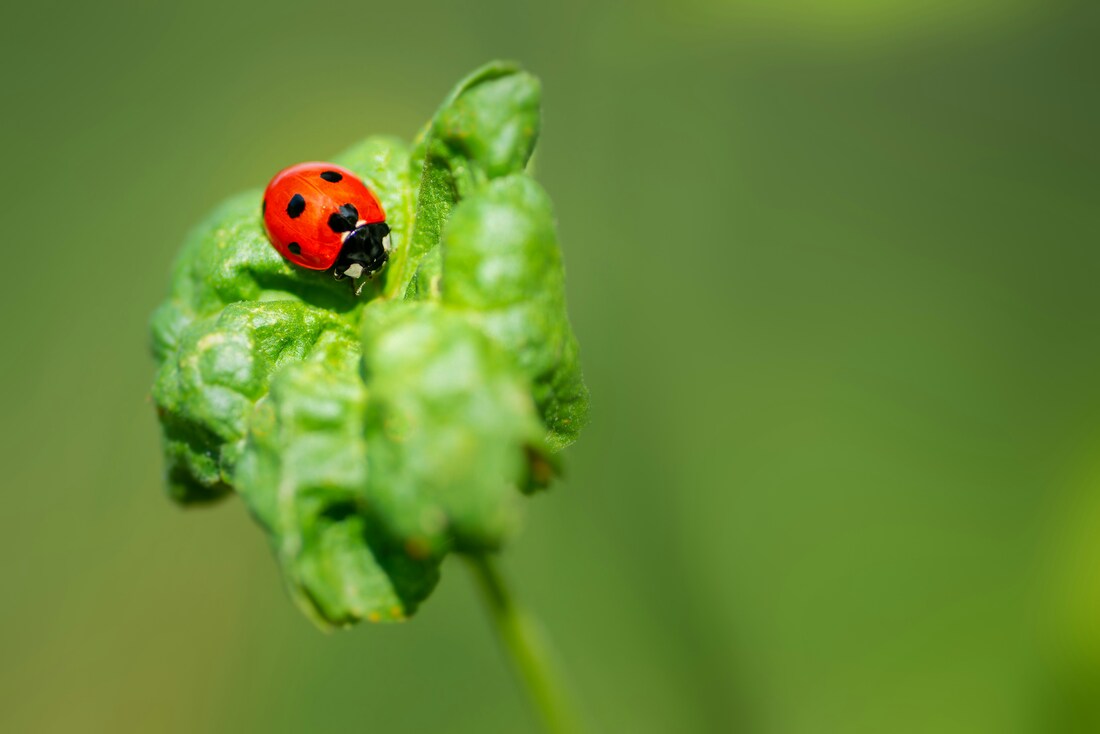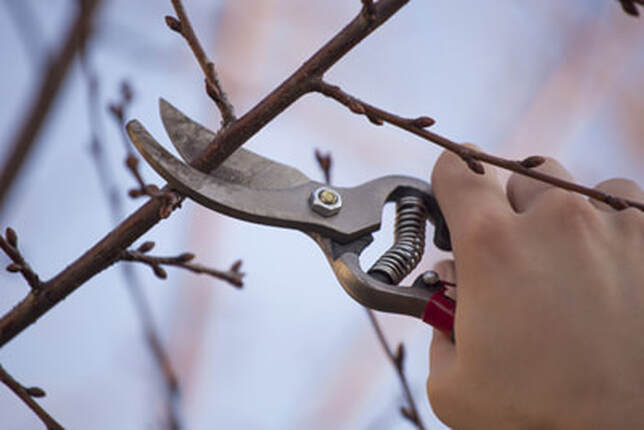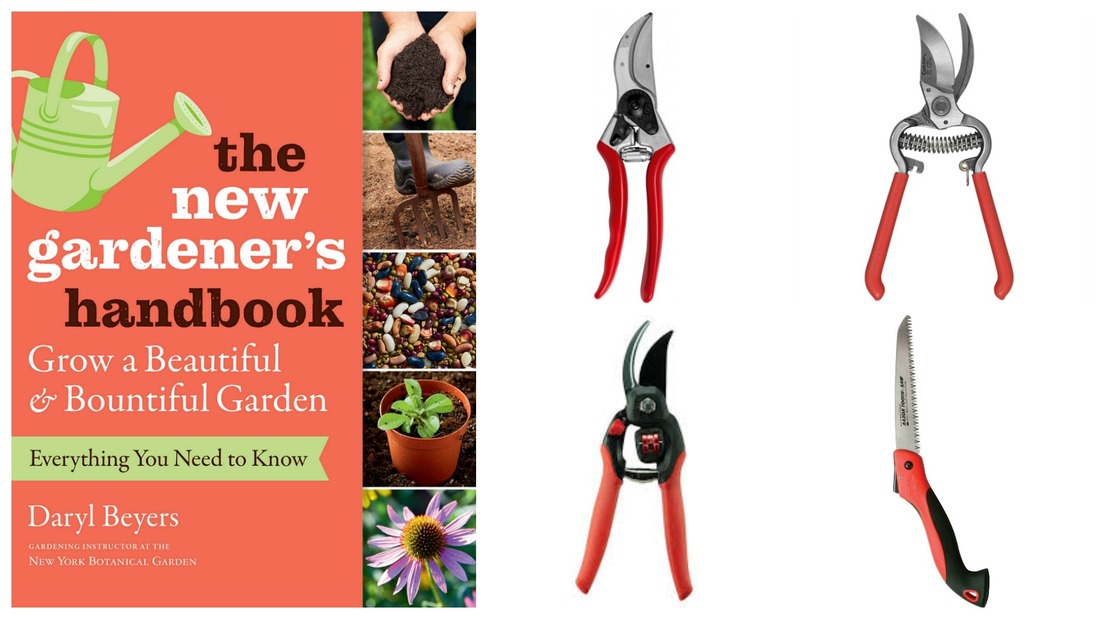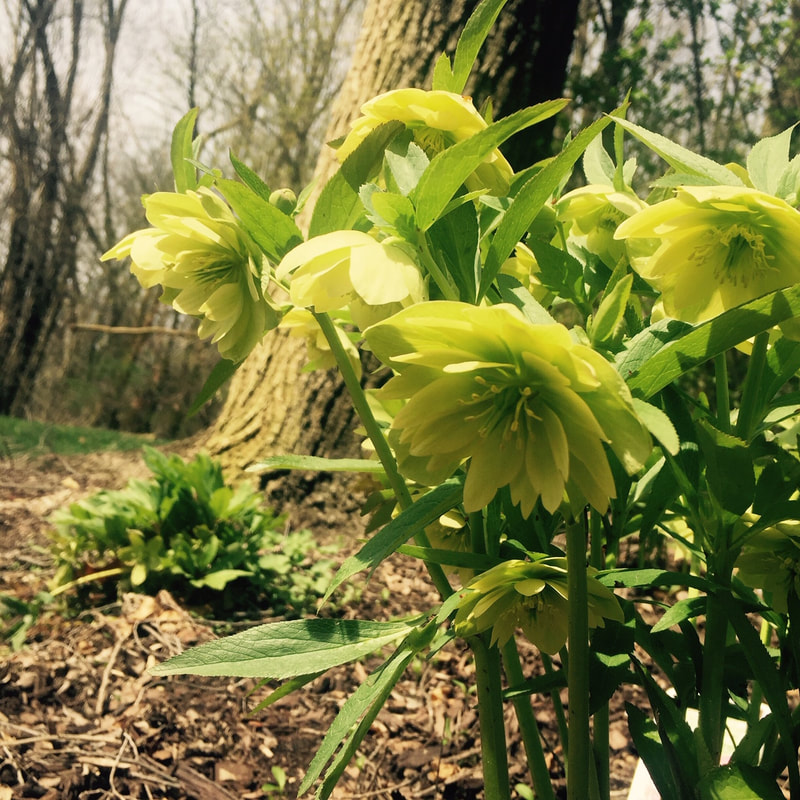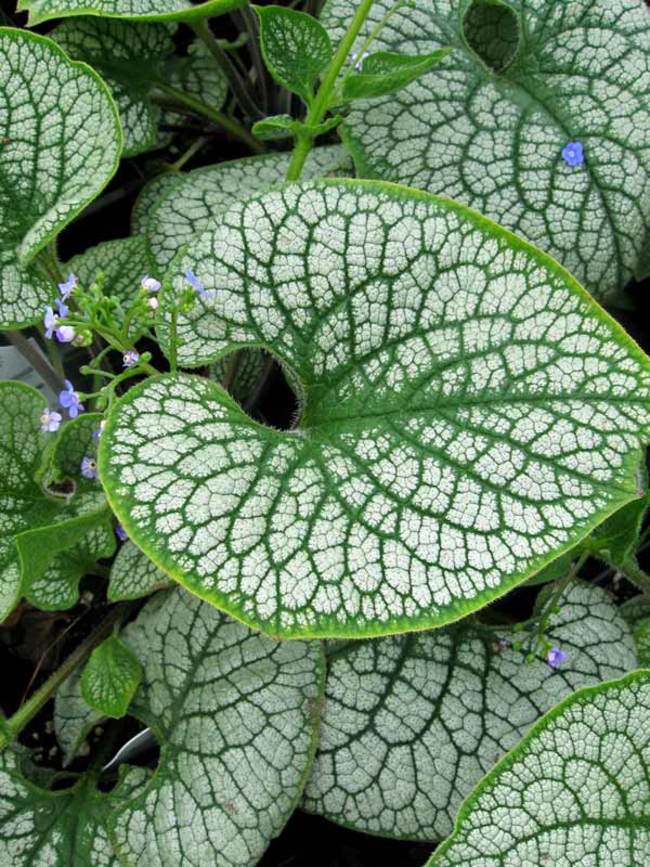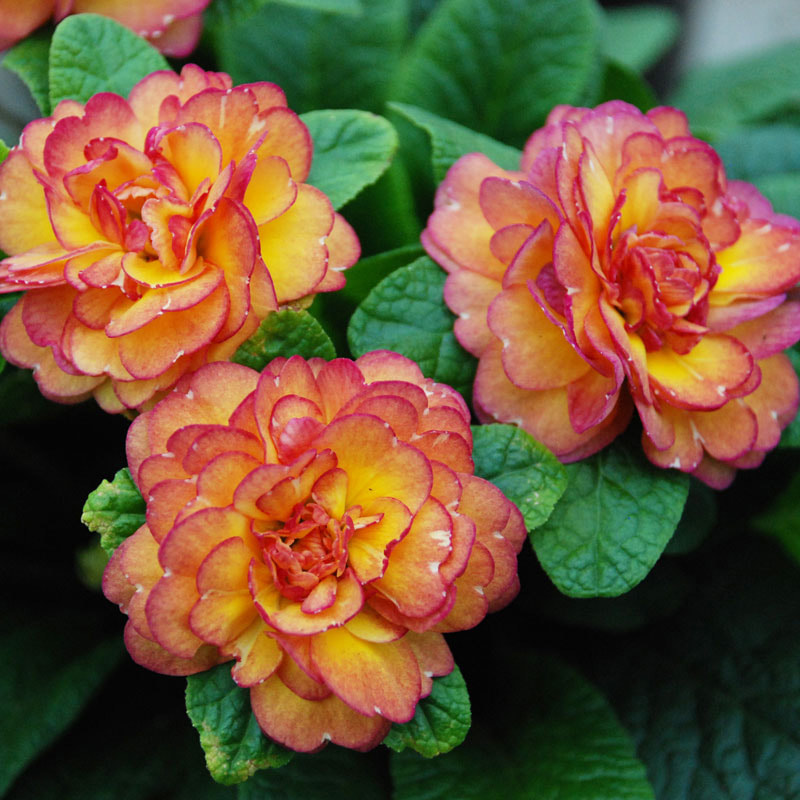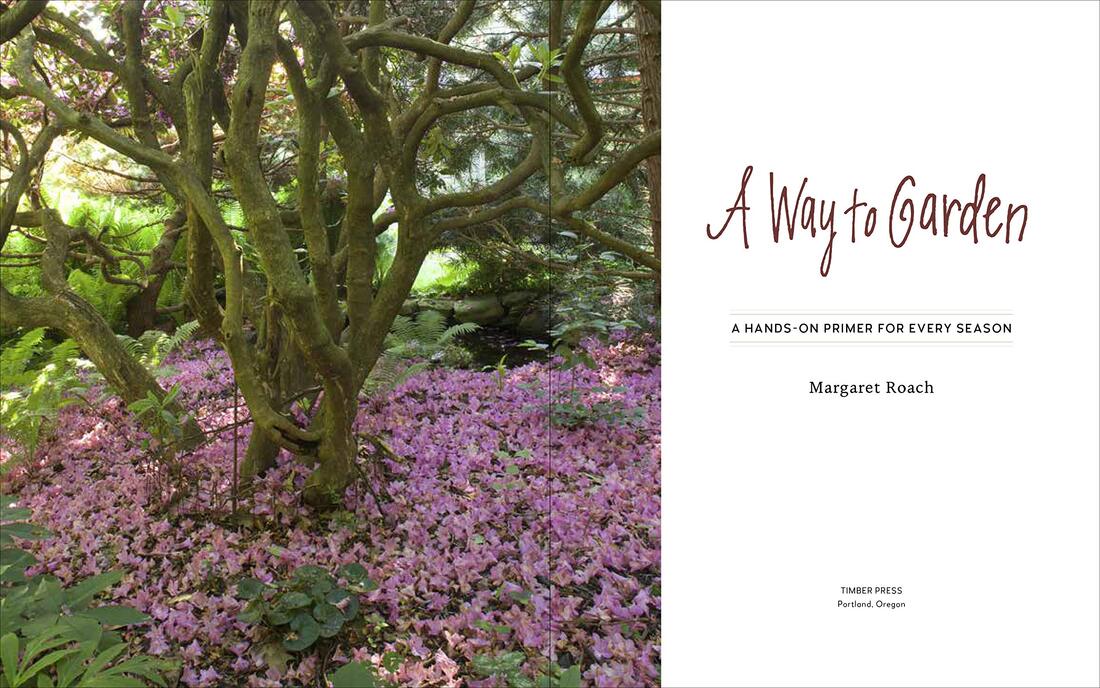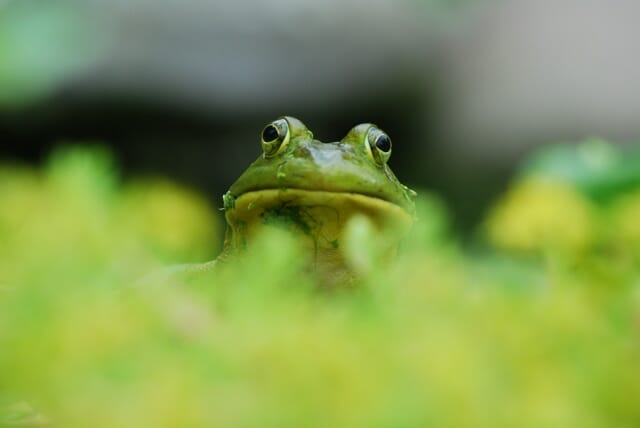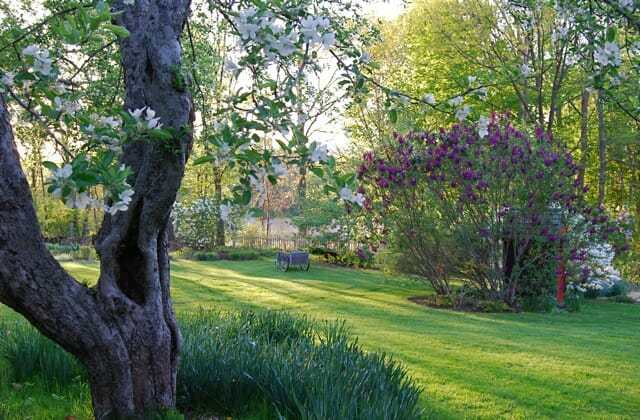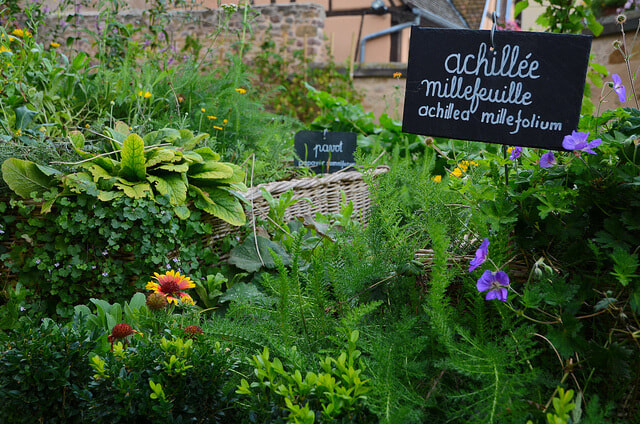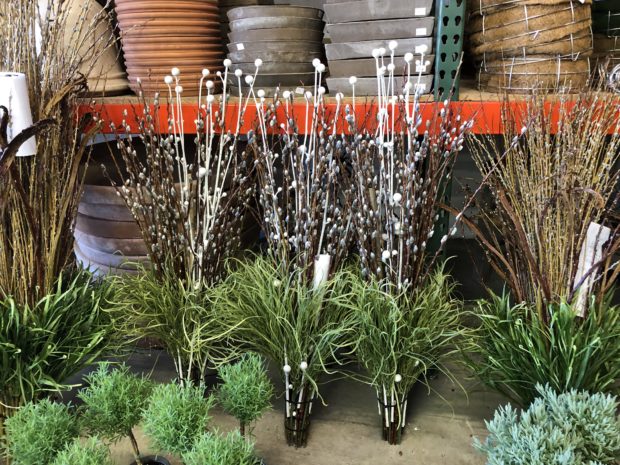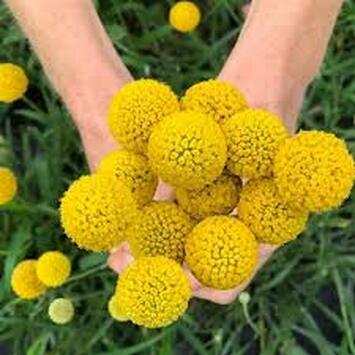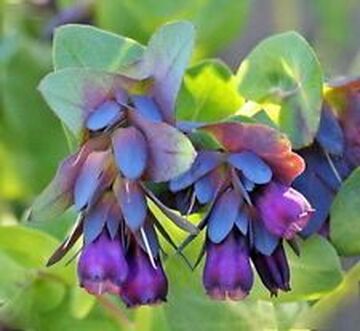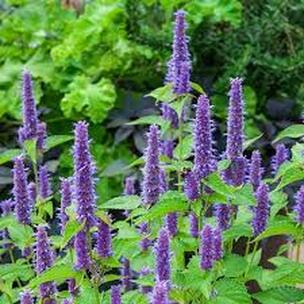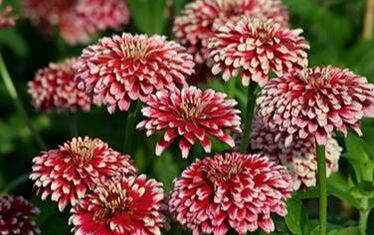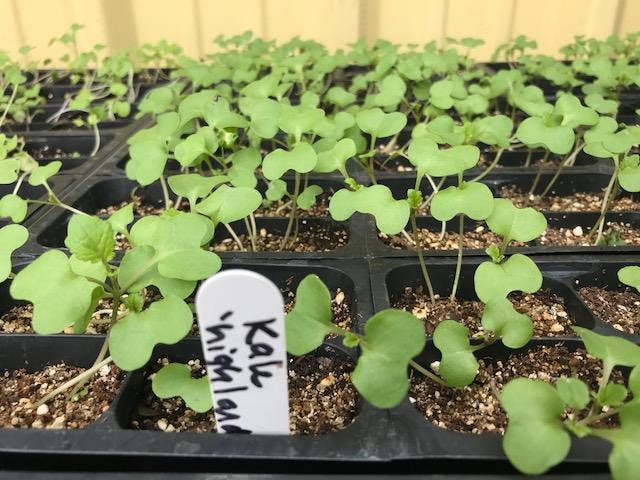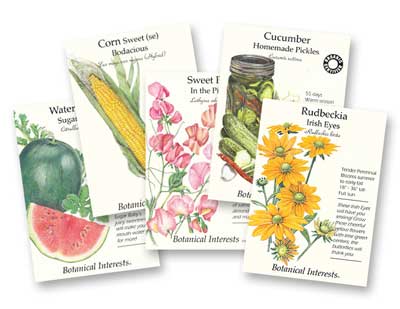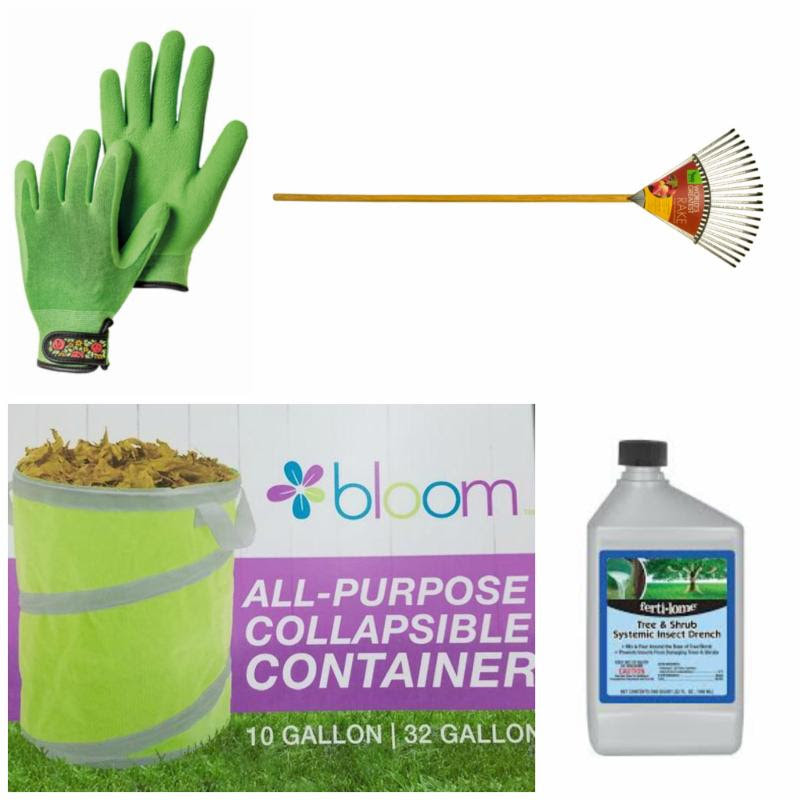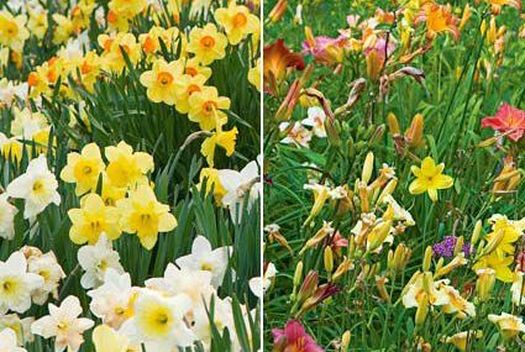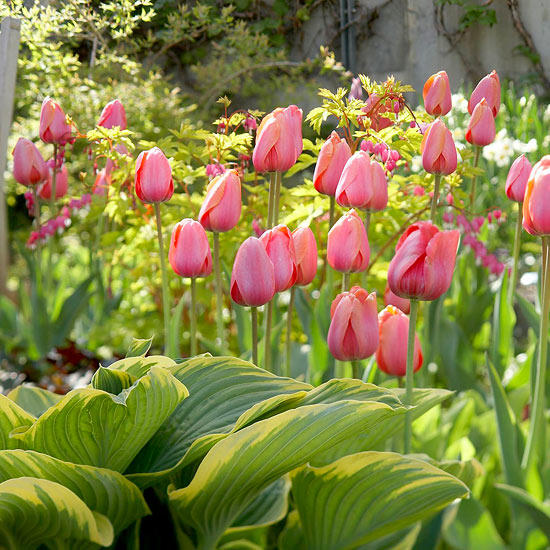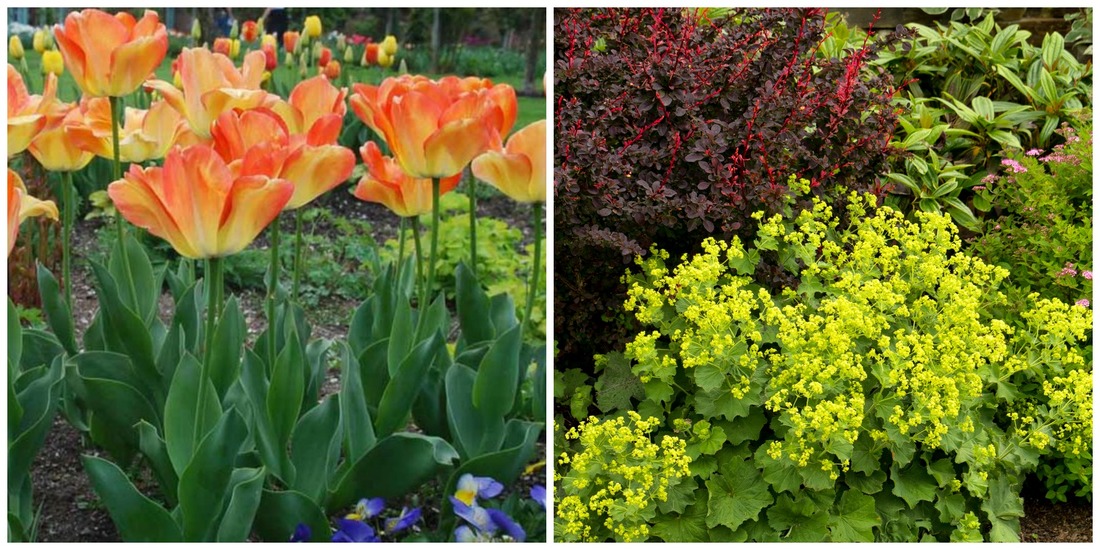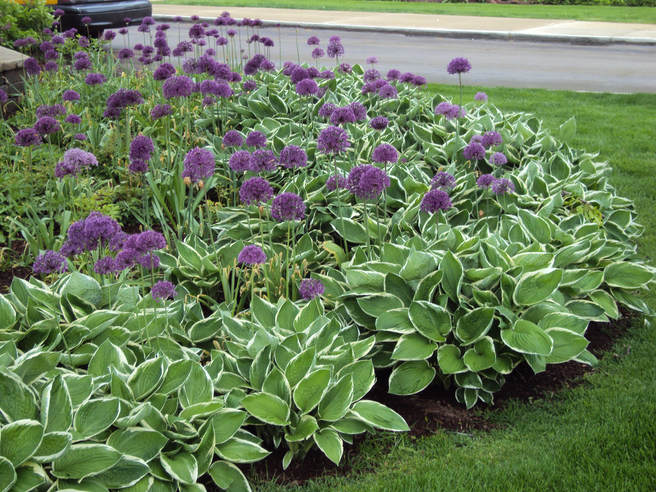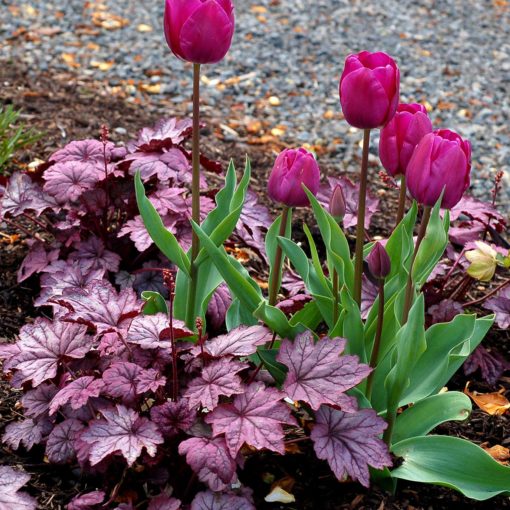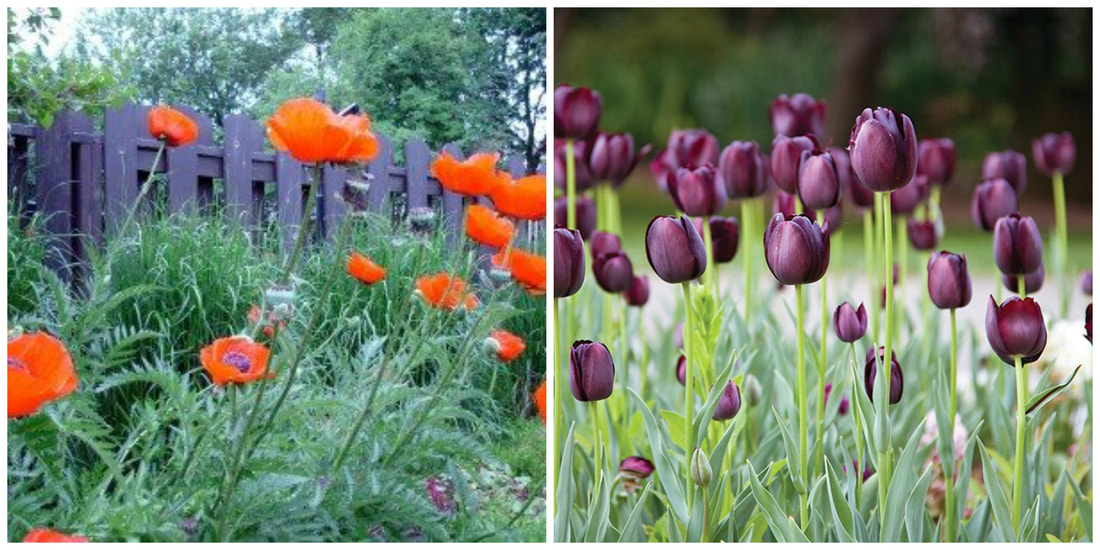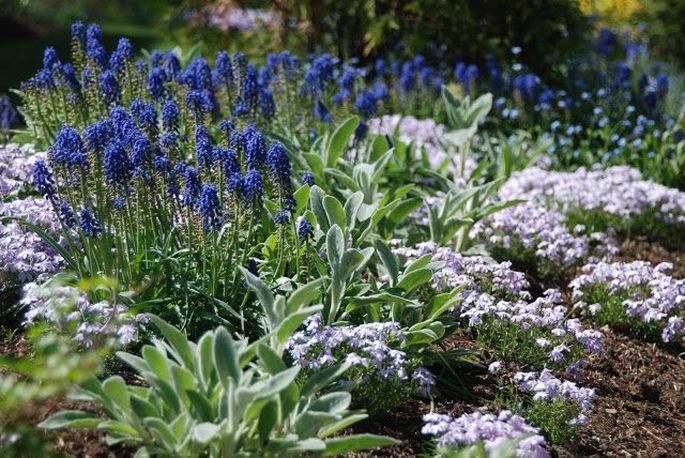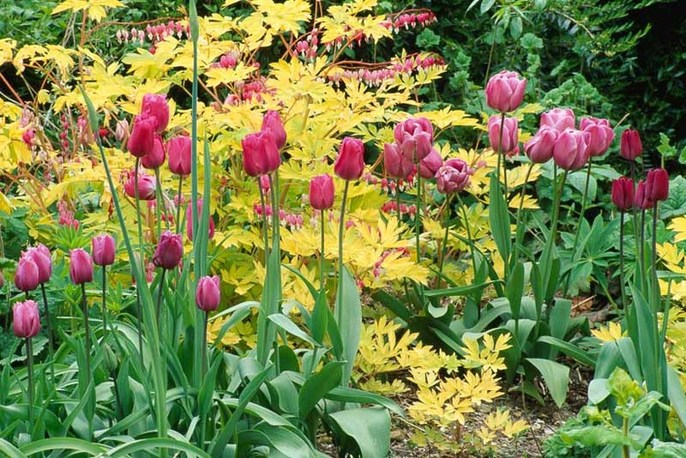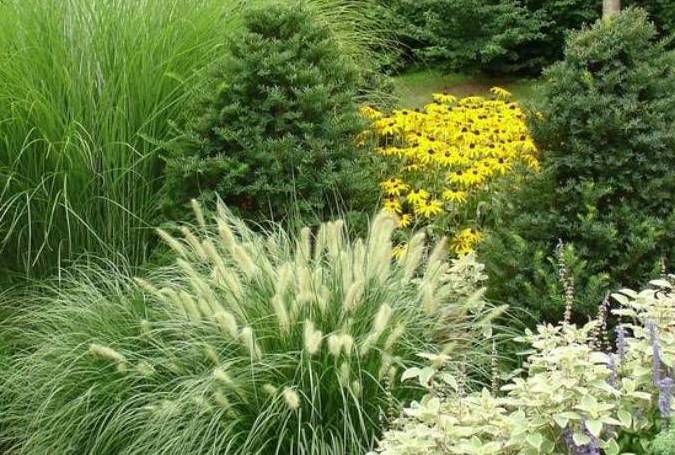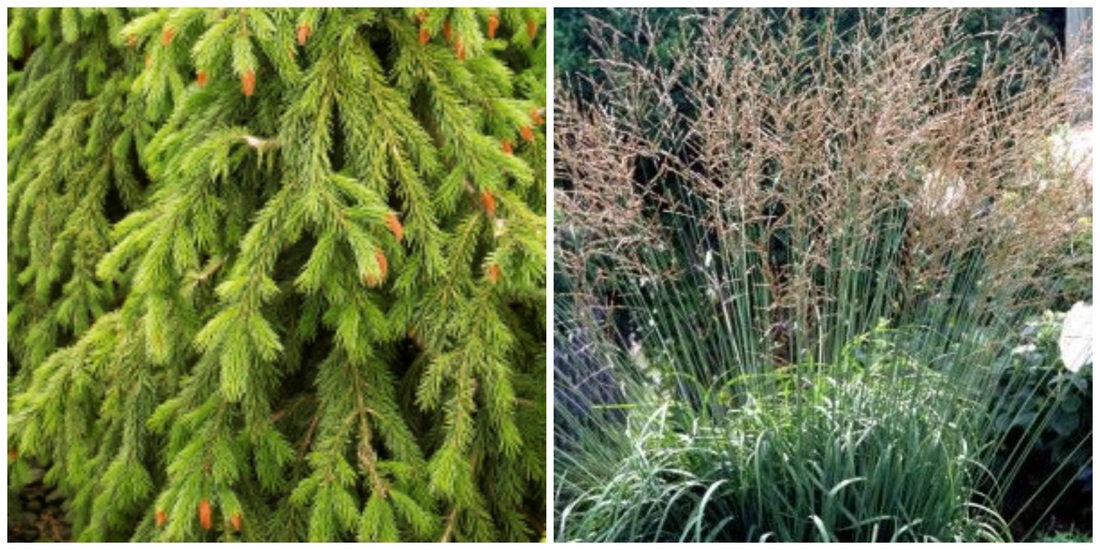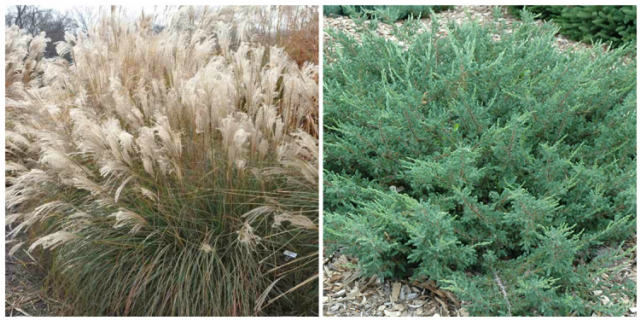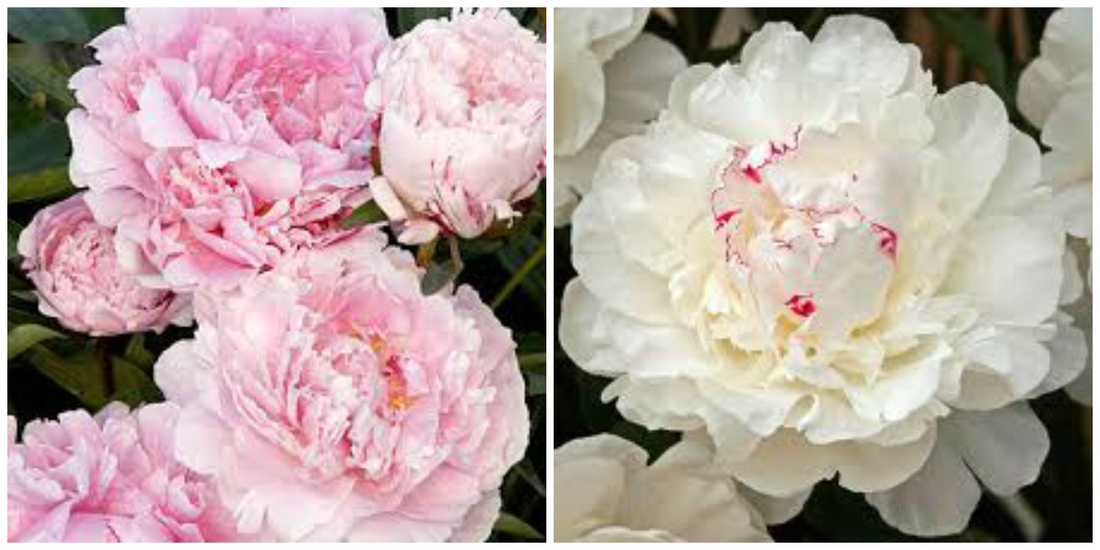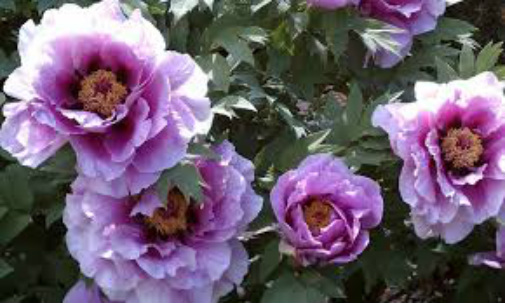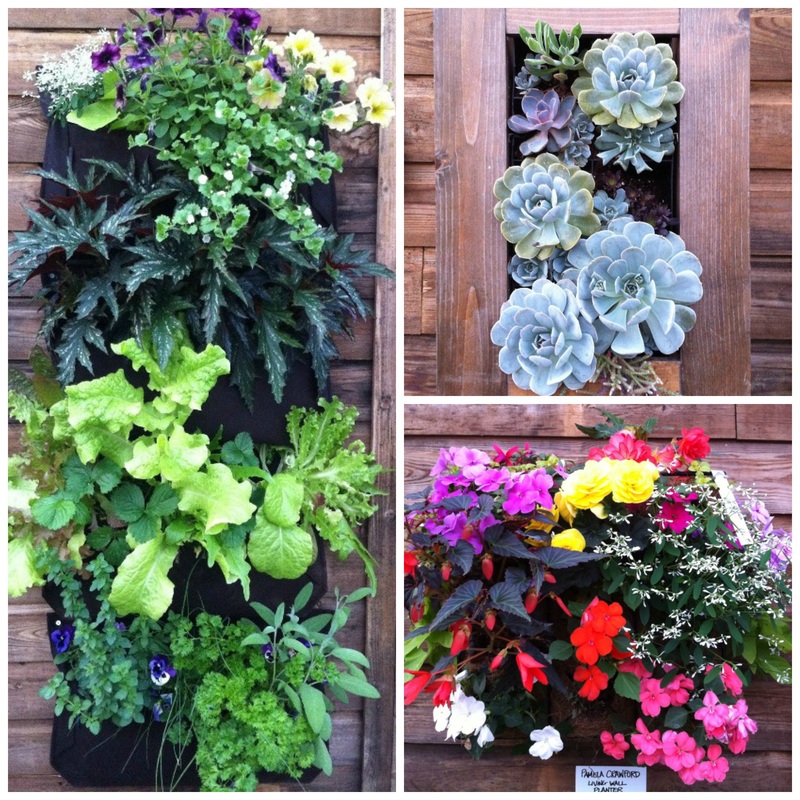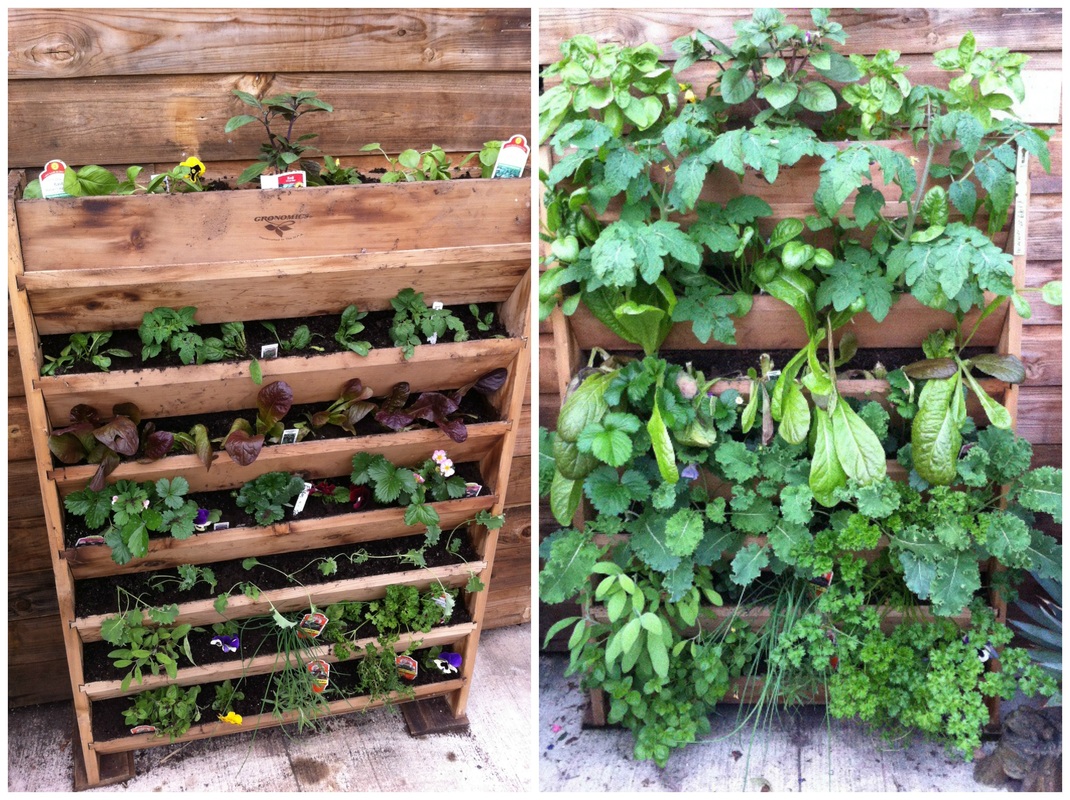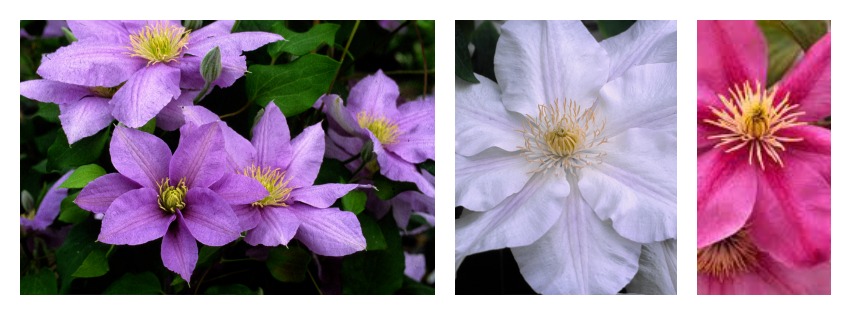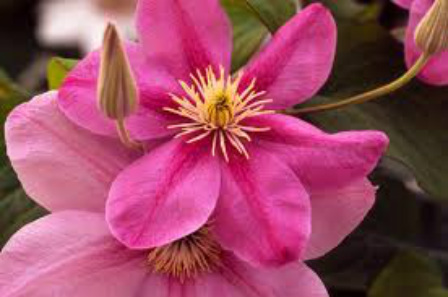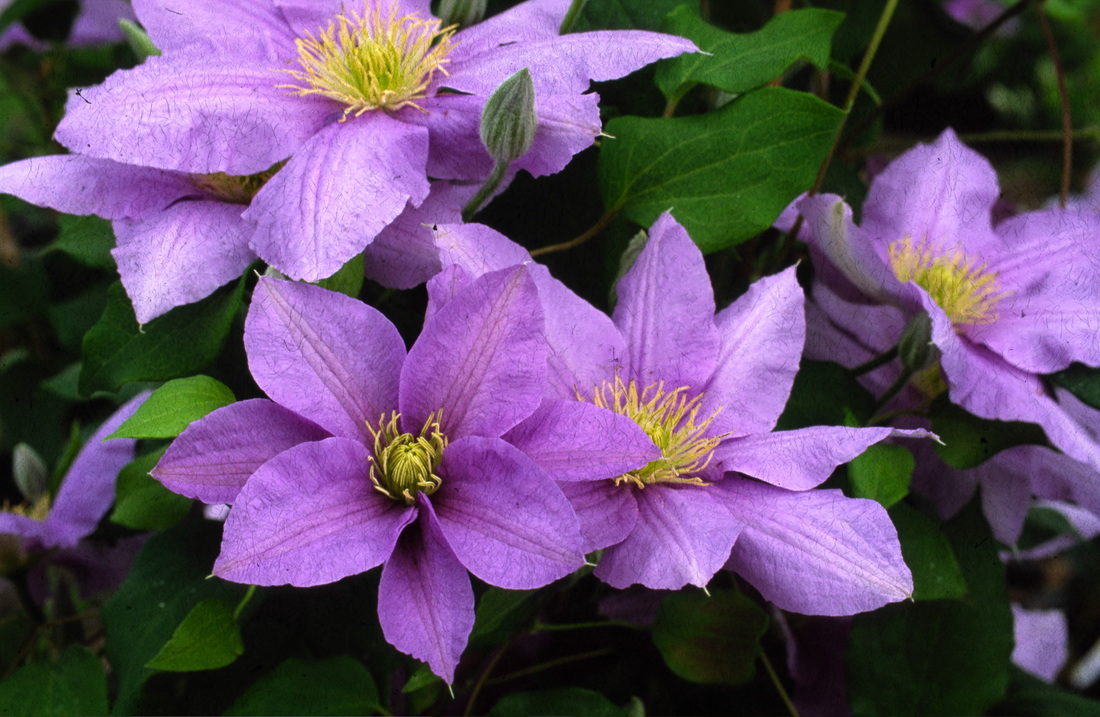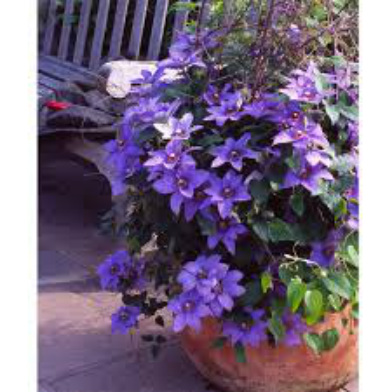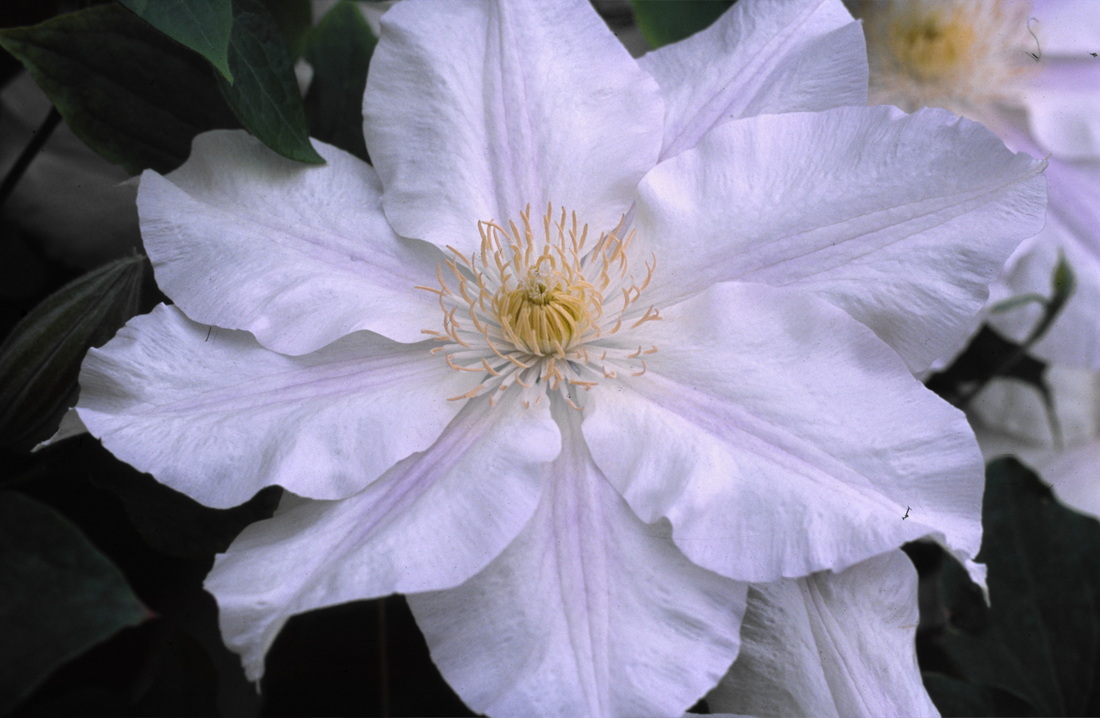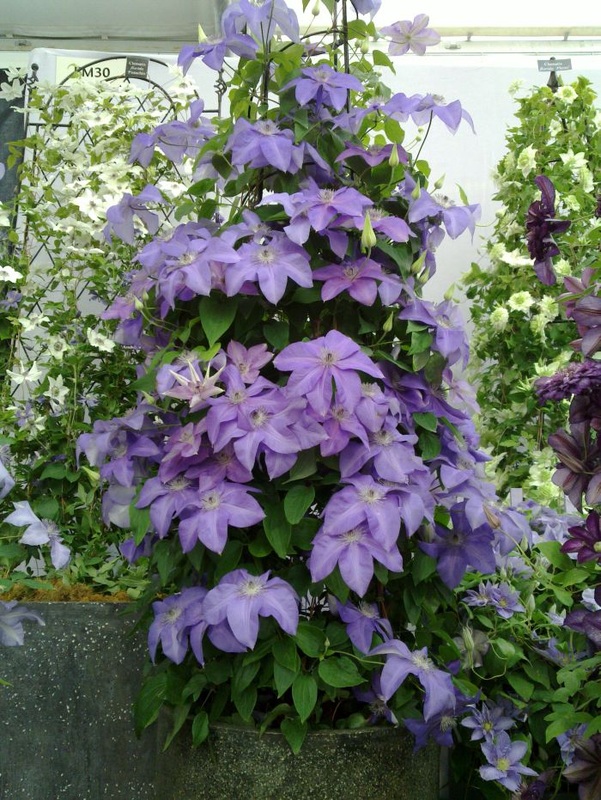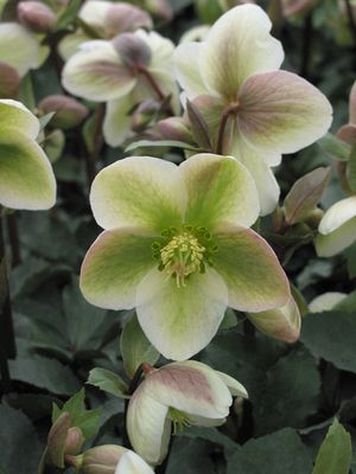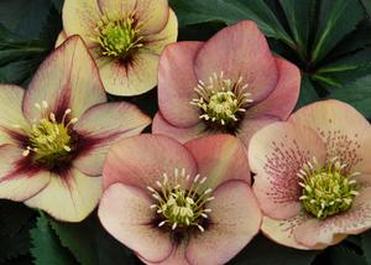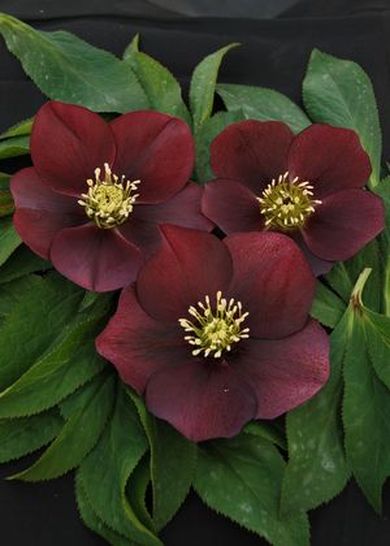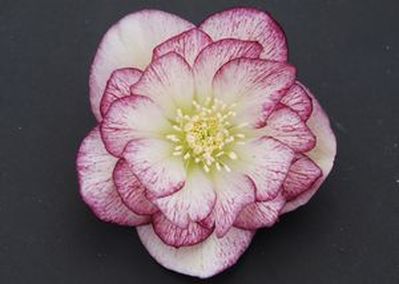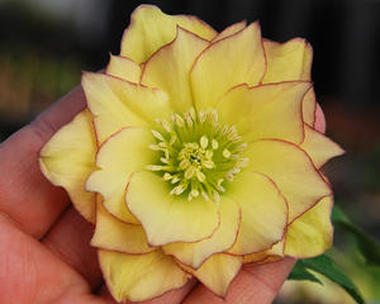|
It's "the little things that run the world”. - EO Wilson
Life as we know it depends on insects. They are the foundation of the food web in our ecosystems, particularly in our gardens. Insects pollinate flowers and maintain soil structure, but they also munch on our cabbage and attack other desirable plants in the garden and landscape. When we see damage done to our plants, our first instinct may be to apply whatever product will kill the insect quickly in order to save the plant. But nature already has a remedy. In a healthy ecosystem, damaging insects or “pests” are controlled by insect-eating birds, frogs, and other animals. There are also insects that eat other insects. We call these beneficial insects. Beneficials (the good bugs) help us in two ways: either they prey on other insects (the bad bugs) or they parasitize them by laying their eggs in or on them so their larvae can feed on and kill the pest. Ladybugs, lacewings, and predatory wasps are commonly-known beneficials. Instead of ordering them from a gardening catalog, we can attract these and other good bugs to our yards. Here are six ways:
Here’s one final thought. If a plant is struggling and continually susceptible to pests, perhaps it is the wrong plant for in that spot. It may not be suitable for that location or even your ecoregion. Maybe the best thing to do is remove it and replace it with a plant that is better suited to the site - like natives! Next week we will focus on using natural fertilizers. Also, mark your calendars for Saturday, March 23. Naturalist, Beth Goeppinger will be here at BGC presenting ‘Planning Your Native Landscape’. Until then, check out the links below to learn more. LINKS: What is Ecological Gardening? Homegrown National Parks Native Plant Finder
0 Comments
3/9/2020 4 Comments Spring PruningEvery year about this time, gardeners stand in their yards with pruners in hand ready to cut, whack, saw, and do the meatball. But wait. Not all woody plants should be pruned the same way or at the same time. Other gardeners are intimidated with pruning, get out the hedge sheers or prefer to do nothing. No matter which you are, these helpful tips will boost your confidence and arm you with the know-how to make the right cuts. Pruning Basics
The Unprunables * Some shrubs can be intimidating even for experienced gardeners. Elderberry, Flowering Quince, Forsythia, Mock Orange, and Weigela can be pruned using three different techniques. One is known as rejuvenation which involves cutting all the branches back hard to about 6 inches from the ground. This stimulates an explosion of new growth and is best used when shrubs have grown out of control. If this is too drastic for you, break it into a three-year plan. Every year for three years, remove one-third of the oldest canes to the ground level. By year three, you'll have a completely new, nicely-shaped, healthy shrub. The other two methods for the unprunables are described here. Other Tips & Resources
Fruit Tree Care in Spring
We get lots of questions every spring about fruit trees, including when and how to prune. The following should help answer your questions:
Tracy Hankwitz, horticulturist and General Manager at Burlington Garden Center. After winter’s long hold, the first signs of spring are the sweetest. Despite the transitioning temperature swings as the two seasons duke it out, a late snow or frost will not hurt early-emerging perennials. Imagine the ground thawing, birds singing, and the sun warming as we walk through the shade garden in early spring. Prepare yourself for the thrill of excitement that only nature can provide. . . One of the first to awaken is the Lenten Rose (Helleborus). In mid-March, brush away the layers of leaf mulch and you’ll find new leaves emerging followed quickly with whites, creams, pastels or deep purple flower buds low hidden under last year's foliage. As the ground warms, foliage and flowers expand to their full glorious selves rising to 12-24 inches. A new one to look for is H. 'Sun Flare'. Plant them along a pathway and on a slight slope in part shade to keep them happy. Though Hellebores can be pricey, the reward is well worth it. Following quickly on their heels is Lungwort (Pulmonaria). Delicate blossoms range from white to shades of raspberry. Their attractive leaves are speckled, spotted, or splashed with silver and will expand as the season progresses making this shade perennial a good alternative to Hostas. 'Twinkle Toes' is a delightful variety that sparkles in the shade. A fascinating change happens to the flowers when pollinated. After a bumblebee nestles in to collect nectar, the flower changes color, signaling to other pollinators to find another bloom. Isn’t nature fun? A lovely companion to the pinks and purples of Lenten Rose and Lungwort are the sky-blue dainty flowers of False Forget-me-not (Brunnera). Like her shady sisters, it is flowers before foliage in the spring. The species will often reseed and after a few years, the garden will be a sea of blue. Once the initial show is done, the foliage expands into attractive hearts that grace the landscape. Look for variegated varieties with white or silver like 'Sea Heart' which won’t spread as quickly. Primroses (Primula) are a seasoned harbinger of spring. Their lovely pastel flowers embody the hope and joy that spring brings. Many Primula species are self-seeding and create a naturalized feel in the shade garden. In addition to the low-growing posies, look for the taller drumstick or candelabra types to add variety. Two other favorites to look for are the apricot, double blossoms of ‘'Nectarine' that will dance their way into your heart, and the frilly, apple-green ‘Francesca’ which blooms a little later than other Primrose. What spring garden would be complete without unfurling fiddleheads? Like a child, I often find myself on my knees with my face pressed in close to capture those fresh, green fronds with my camera. But green is not the only color of ferns. Pepper in the burgundy, lacy foliage of Japanese Painted ferns and all her offspring varieties. They make a lovely contrast to the emerging, broad leaves of Hosta. In the summer, the shade garden cools us with calm, green hues and a mix of bold and fine textures. It’s in spring when she arises and shines with an entirely different color palette. With a few of these early beauties in your landscape, you can more fully experience the excitement of spring as the earth awakens.
Tracy Hankwitz is a horticulturist and general manager at Burlington Garden Center. 2/24/2020 0 Comments Book Review: A Way to Garden Conception. Birth. Youth. Adulthood. Senescence. Death & Afterlife. These stages of life that we experience are used in Margaret Roach's book to describe a plant's life cycle through the year. That in itself tells the reader this is a very special book. First published in 1998, this updated edition contains new information. Following are examples of her breadth of garden wisdom. CONCEPTION: In this first chapter of A Way to Garden, Margaret tackles two topics that can be intimidating to the gardener: scientific names and pruning. Her tips on keeping deer away will empower you to finally take the necessary action to keep deer out of your yard. One of my favorite design tips she shares is to think early, middle, late when placing online orders. For example, if you are buying a lilac, do your homework and order three varieties with overlapping bloom times to extend that captivating season of fragrance. BIRTH: The earth begins to awaken in March and April, and it starts indoors with seeds. An extensive seed-starting schedule and tips will answer questions that you may have. And it is here that we learn of Margaret's obsession with gold foliage and the red spring-flowering Pulmonaria rubra. She takes the mystery out of pruning Hydrangea and Clematis, and suggests alternatives to Forsythia. I whole-heartedly agree with her encouragement to learn to ID weeds. 'I do not think we have a prayer of subduing or at least outsmarting an opponent we are barely acquainted with.' One of her go-to websites is the University of California weed ID. You can find it here. YOUTH: The world is in it's youthful stage in May and June when all is fresh, new, and in bloom. Margaret writes of transplanting, self-sowers, and growing tomatoes and potatoes. These are the salad days where there just isn't enough space or time to grow all the wonderful varieties available. Her suggestion is to choose a few and set up a seed trial. Grown side by side, you can observe which ones do best in the conditions in your garden and which appeal most to your taste buds. One to look for: 'Merlot' leaf lettuce. Margaret reminds us that we aren't the only ones interested in what's growing in our gardens - rabbits, deer, and woodchucks often get their fill at our expense. How to tell what's been munching? Look for these clues: deer leave jagged edges, rabbits cut at a clean 45 degree angle. In this chapter, Margaret encourages us to underplant trees with living groundcovers designed in what she calls 'garden mosaics'. Watch the video below to hear her describe this refreshing concept. The year continues through 'A Way to Garden' book in adult, senescence, death and afterlife stages. Each page offers observations, tips, and techniques gathered from years of experience bound together in this garden treasury. 'I garden because I cannot help myself'.
- Margaret Roach If you can relate to that, this book is for you. * - Tracy Hankwitz is a horticulturist, and General Manager of Burlington Garden Center This spring we're focusing on being rooted in wellness. It's been energizing to discover the connection between gardening and wellness. Last Saturday, March 30, we delved into the seven areas of wellness and discussed how gardening fulfills each of those seven aspects of being healthy in mind and body: -physical, emotional, social, intellectual, spiritual, environmental, and occupational. For those of you who were at that presentation, we asked you to fill in this blank: 'I garden, therefore I am more ______. As recent studies have shown, most of us do not garden to save money, but rather for it's emotional benefits. What a pleasure to hear your answers:'I garden, therefore I am more . . . 'at peace', 'centered', 'fulfilled', 'rooted'. Yes! This is why we garden! Yes, gardening can help fight depression. Yes, getting your hands in the soil can boost not only your mood, but also your immune system. And yes, gardening keeps us mindful and present in the moment. Last Saturday, we also shared a few of our favorite feeds, apps, and blogs that inspire us. We share them again here with the hopes to inspire you to get excited about gardening - whether you're growing your own food, planting a container of herbs or flowers, or decorating your home with houseplants and succulents. For those of you who grow your own food, particularly growing for the health of it, this app FROM SEED TO SPOON,is such a must. It helps you discover which vegetables, fruits, and herbs are good for whatever health problem you are dealing with: anemia, bone & joint health, brain & memory, cancer-fighting, energy, GI health, heart health, inflammation & pain, thyroid, and more. Not only does it list plants to grow for each area listed above, but it tells you how to grow them. Learn more about this app here. A Way to Garden with Margaret Roach is an award-winning website, blog, and podcast. We've been following her for years and every week learn something new. Lately Margaret has been interviewing specialists in each horticulture field which is always interesting to get advice from those who grow for a living! You'll find a wealth of information on her website here. * Epic Gardening is a newer find for me and I am enjoying Kevin Espiritu's daily podcasts. A young California gardener, his focus is urban farming, hydroponics, aquaponics, houseplants, and battling garden pests and diseases naturally. Knowledgeable and enthusiastic about gardening. you'll find Epic Gardening here as well as on YouTube, Instagram, podcasts, and Facebook. * One of the most inspiring blogs on container gardening is written by Deborah Silver, owner of Detroit Garden Works. On her blog, Dirt Simple, she shares an honest and open look at how they construct their seasonal container plantings they create for upscale homeowners in the surrounding Detroit area. Discover her unique style here on her website. * And finally, a new one I came across this morning. Nature's Always Right is the blog/podcast of another young urban farmer in San Diego, California who has a ton of how-to videos on YouTube. I'm just fascinated with these young people who are growing for markets and finding ways to do it naturally. It's refreshing and exciting. Hope you'll take the time to look him up as well as a few of the others.
Until next time, join us on Instagram @btowngardens and on Facebook. Keep growing! Tracy Hankwitz Burlington Garden Center General Manager & Horticulturist Mid-March signals the beginning of the seed sowing season. Our seed racks are full of varieties ready to grow in your garden and produce a bounty of vegetables, herbs, and flowers. Following are a few of our favorite flower varieties new to BGC this year: One that has caught our eye is Pampas Plume Celosia (shown above). Masses of soft, feathery, 2-6" long plumes in scarlet, orange, bright yellow, pink, cream. Multi-branching plants produce 10-14 stems each. Vigorous and free flowering. They thrive in hot and dry conditions. Start seeds 4-6 weeks before the average last frost (May 20), then plant in full sun. They are a long-lasting cut flower growing 36-48" tall and can be dried for later use. * Sun Ball Craspedia is another flower that thrives in hot, dry situations. This florist favorite adds whimsy to the garden with clusters of mustard-yellow orbs. Use in cut and dried arrangements. Also known as drumstick flower and Billy buttons. Start seeds indoors 6-8 weeks before the average last frost. Sun Ball will grow 24-30" tall. * Once popular in the 16th century England, Purple Tear Honeywort is making a comeback. It's violet and blue flower bracts are gorgeous in cut flower arrangements and last a long time. In the garden, it is tough and handles hot, dry conditions with ease. The bees and hummingbirds will flock to it. Start indoors 4-6 weeks before the last frost. Grows 16-32 inches tall in full sun. * Lavender Hyssop, also known as anise hyssop, is an heirloom and native to the midwest. It is the 2019 Herb of the Year because of its usefulness in the kitchen and in the garden. Loved by hummingbirds, bees, and butterflies, it will grow up to 48" tall. Use it in floral arrangements, as a tea, or add the flowers to salads. Why not grow this one from seed and have a garden full ? Start them indoors 4-6 weeks before the last frost. * Zinnias come in almost every color imaginable, but 'Summer Pinwheels' stands out with it's bi-colored petals.
This showy zinnia has double blossoms and flowers heavily to dance nonstop all season long. Grows 3–3 1/2 feet tall. Butterflies of all kinds and many other pollinators flock to them for their plentiful nectar and pollen. Best to start this one directly in the ground after the last frost. Enjoy them even longer as a cut flower. 3/5/2019 5 Comments Raised Row Gardening Do you want to grow incredible vegetables with no tilling and with minimal weeding? Is it possible to create a low-maintenance vegetable garden? Wouldn't it be great if it became easier to maintain with each successive growing season? From all the various methods of gardening - traditional in-ground, straw bales, raised beds, pallets, and containers - comes a new (but actually old) way to garden: raised row gardening. Is your interest piqued? Jim and Mary Competti , owners of Old World Garden Farms in Ohio, began to experiment with raised row gardening a few years ago because they didn't have time or money to have a vegetable garden but wanted to grow their own food. The first year resulted in a bountiful harvest. They are such believers in this method that they wrote a book about it. The basics are simple: mulch walking paths heavily and mound the growing rows at least 6 inches high with compost and topsoil and organic matter. To learn more, read the Four Part Series on their website, or get all the details in their book Raised Row Gardening. And you guessed it, we have it here at BGC. Pick up your copy today and start planning! 3/3/2019 4 Comments Why Start Plants from SeedWhat a February it has been! We've experienced just about everything that Winter can throw at us - frigid cold, snowy days, 80 degree temperature swings, and ice storms. Spring can come anytime now! Starting plants from seed is a great way to shake off those winter blues and get a jump on the season. Not only do seedlings get a head start, but you have access to growing thousands of varieties of vegetables and flowers that you can't buy as plants. It's also the most affordable way to fill a garden. Before you get crazy with sowing seeds, it's important to know when to start each variety. Knowing the average last frost date is key when planning. In our area, that date is May 20. Use the information on the back of the seed packet to count back the number of weeks from May 20 to determine when to sow. Seeds can be started in any type of container that has drainage, but we recommend setting yourself up right for the best success. Cell trays, seed flats, and dome covers work well and can be used from year to year. Having a written record of your seed sowing adventures can be helpful. A notebook works well, or click on the link below to download a free garden journal.
Free Garden Journal to Download You'll need a few other things to get started off right: grow lights, a heat mat, and a plant mister. But most important is the medium in which to grow the seeds. Use a seed starting soil-less mix for the best results. We recommend HSU germination mix - it's organic and comes from the HSU Ginseng Farm here in Wisconsin. Two final tips: pre-moisten the soil before sowing the seed, and use vermiculite to cover the seedlings. Vermiculite is light weight yet helps keep the soil and seeds damp. If you have questions related to starting plants from seed, just ask us! We're here to help. 10/15/2018 1 Comment Fall Garden EssentialsIt's time to clean up the yard and garden. Here are our favorite fall essentials that make work easier: Gloves - Hestra makes some of the best gloves for working with wet leaves, cleaning up the garden, and digging in the soil.
The World's Greatest Rake is worth investing in! The 20 tines are flexible (aka they won't get all wonky) and it's moderate size makes it easy to handle. Fertilome's Tree & Shrub Systemic Insect Drench - apply now to protect your woody plants from insects for up to 12 months. If you had Japanese beetles eating birch trees, roses, and other ornamentals, this product is the solution! It's easy to apply: mix in a watering can and pour at the base of the plant. No spraying! Collapsible Container - everyone needs this handy helper - a pop-up tidy for leaves and garden debris. Available in two sizes. 10/1/2018 1 Comment Great Pairings in the GardenOk, it isn't actually wine that we'll be pairing in this article, but you could enjoy a glass of it while you read this or as you are planting. Just as Pinot Noir compliments grilled salmon and Zinfandel pairs well with barbecued chicken, spring bulbs can compliment perennials with some thought and planning. Following are three ways to approach well-designed pairings. One category of pairings is bulbs and perennials with similar foliage. Hiding the dying foliage of spring bulbs is an important factor in these perennial/bulb combinations. For example, two of the easiest masquerading combos are daylilies with daffodils (see above) and tulips with hostas (see below). The pairs have similar foliage allowing for quick cover-up as the daffodils and tulip foliage die back and the new leaves of daylilies and hosta emerge. Imagine seeing the combination above in the same space in your garden but at different months of the year! Another benefit of planting daffodils among the daylilies is that they will discourage deer from eating the daylilies. * Other perennials make great pairings because of their interesting spring foliage. Many perennials don't bloom until summer but have interesting leaves in the spring. Imagine flowers of spring-blooming bulbs rising above those leaves and then disappearing just as the perennial comes into bloom. This extends the color and interest in your landscape for another season without taking up more garden space. Lady's Mantle (Alchemilla mollis) & orange tulips (see below) would be stunning together in the garden especially with a burgundy barberry added to the scene. My favorite accidental combination that turned out amazingly well was when I planted the large bulbs of Allium 'Schubertii' amongst an area covered with variegated Dead Nettle (Lamium). It was striking as well as whimsical. Hostas & Purple Allium like 'Globemaster' make great partners in the garden. And doesn't this burgundy leaf Coral Bell (Heuchera) & these pink tulips make a pretty match? * The final group of great pairings are those with the same bloom time. It can be tricky to do but with experimentation, you can come up with outstanding combinations. Imagine orange Oriental poppies with dark purple 'Queen of Night' tulips - dramatic and delightful. Here are a few more great pairings of perennials and spring bulbs: * Penstemon & Daffodils - the dark burgundy foliage of 'Husker Red'or 'Dark Towers' looks especially fabulous with yellow daffodils nearby. * Hardy Geranium & Grape Hyacinths (Muscari) * Creeping phlox & Grape Hyacinths (Muscari) - see photo below * Golden Bleeding Heart & pink tulips - see photo below Fall is the time to purchase spring-flowering bulbs and tuck them in the ground. In fact, if you are planting perennials now, throw a handful of bulbs in the same hole. Work smarter, not harder. And a final thought: just as a fine wine paired with the right entree provides a pleasurable dining experience, planting thoughtful combinations of bulbs and perennials can give your garden a well-designed look. Tracy Hankwitz Horticulturist and General Manager of Burlington Garden Center www.burlingtongardencenter.com 8/14/2014 0 Comments Design Tip: Blades and NeedlesNot the blades and needles that first may come to mind. I am talking about the soft, arching blades of ornamental grasses paired with the stiff, rough texture of evergreen needles. It's a simple, winning combination and low-maintenance, too. Let me introduce you to a couple of my favorite combos: Wells' Weeper Spruce (Picea glauca) & Molinia 'Skyracer' (shown above) These photos just don't do this duo justice. They really look smashing together. Wells' Weeper Spruce is a Black Spruce variety. It's graceful weeping habit makes a blue-green backdrop to showcase the wispy, see-through stems of 'Skyracer' Molinia. Monrovia describes 'Skyracer' best: "Abundant spikes of tiny purplish flowers rise well above the foliage clumps, giving a shimmering effect when back-lit by the sun. Golden hued fall foliage is enhanced by the tall plumes of coppery bronze seed heads." This grass is a well-behaved, must-have for the garden! Add color with Autumn Joy Sedum for a stunning fall display. Wells' Weeper needs some room for it's mature height of 20'. 'Skyracer' visually balances it with it's flowering height of 6-8'. * A low-growing combination that I like to use is Miscanthus sinensis 'Adagio' and Alpine Carpet Juniper (shown above). The fine texture of this fountain-like grass compliments the rough, course texture of this short-needled Juniper. Add an interesting boulder to complete the look. 'Adagio' grows 3-4' and Alpine Carpet covers the ground growing 8"x3'.
* - Tracy Hankwitz Horticulturist & BGC Store Manager What words come to mind when you see peonies in bloom? Lovely, charming, romantic? Often these old-fashioned favorites stir up memories of days from our youth. Let us introduce you to a few new varieties that would make a welcome addition to any garden. * Let's begin with two stand-bys in our perennial house: Sarah Bernhardt and Festiva Maxima (shown above) -both herbacious varieties (Paeonia x lactiflora) with fully double blossoms. Sarah's fragrant pink blossoms have been gracing gardens and vases for 100+ years! She's a classic. The white blossoms of 'Festiva Maxima' are another fragrant peony enjoyed by several generations of gardeners. * For something a bit more unusual, try your hand at tree peonies (Paeonia suffruticosa). Like the name suggests, they have a woody stem, huge flowers, and can grow to 5 feet. Tree peonies are hardy in Wisconsin and a mature specimen can have up to 80 flowers. According to peony breeder, Roy Klehm, they can also do well in partial shade. We are offering "Lavender' Tree Peony this season (shown above). One look at the blossoms and you'll be charmed. * Now put the two together (herbacious and tree peonies) and you get an ITOH peony or intersectional hybrids. Named after the breeder Toichi Itoh, these peonies grow to 3 feet, require no staking, have disease-free foliage and up to 50 gorgeous blossoms on a single plant! Itoh peonies can be a bit pricey, but their luxurious blooms and spicy fragrance are well worth it. This year we have the following Itohs (shown above):
Bartzella - Very large, bright yellow double blossoms with a lemony scent. Keiko (which means Adored) - dark lavender pink petals slowly fade to a soft pink, revealing a cluster of yellow stamens in its center. Like other Itoh peonies, 'Keiko' will die back to the ground after the fall frost. Old Rose Dandy - a cross, with both P. lutea and P. suffoticosa, is a robust grower with glossy dark green foliage on a medium size, rounded bush (2 1/2 tall). Flowers are single form in a shade of copper apricot that lightens to a yellow beige as they age. * Peonies flower best in full sun and make wonderful cut flowers. They rarely need to be divided but if necessary, it's best to do it in the fall. * And what about those ants? Ants are attracted to the sweet nector produced by the peony buds. They won't harm the flowers! Once the flowers open, the ants are gone. 5/9/2014 3 Comments Vertical GardeningThere are plenty of ways to garden in a small space: grow in containers, choose compact varieties, and grow up with trellises and obelisks. Let's not neglect the most obvious vertical space - walls! Below are a few options that we are offering at BGC this year: Plant in a pocket (above left). Woolly Pockets are made of recycled materials, can be used indoors and outdoors. They are great for herbs, salad greens, strawberries, and annuals. The framed succulents are planted in a self-contained watering system from Bright Green designed for indoor use as well as outdoors. Available in stained walnut or paintable frame. The planter with colorful annuals is a Pamela Crawford Vertical Garden. Easy to mount and easy to plant. It works well with annuals and herbs. This vertical garden from Gronomics is a true space saver. It's made from rot-resistant cedar and comes with a drip-irrigation system. We planted it with salad greens, herbs, pansies, and even tomatoes! The photo on the right was taken one month after planting. It's time to harvest!
* All of the vertical garden systems are easily mounted on a wall. An old door would work well, too. 5/8/2014 2 Comments Clematis for ContainersBig, bold, and lovely. Those words describe the clematis from the Raymond Evison Clematis collection. Add to that: long-blooming and partial shade lovers. Mr. Evison has spent more than 50 years breeding the world's best clematis and has introduced more than 100 cultivars. His most recent introductions have been compact and suitable for containers (pots with 18" diameter are a good size). Following are a few that we are proud to carry this season: 'Alaina' has deep, creamy pink flowers, grows to 4 feet, and blooms in late spring and again in late summer. Flowers will last longer in a shady afternoon location. * 'Cezanne' is a blue flowering variety that grows 3-4' tall and likes a partially shady spot. * Superb repeat flowering performance and lovely violet blossoms with red centers make 'Parisienne' a must have. Another compact one great for containers, it will bloom from early to late summer. * 'Ice Blue' has dramatic large flowers May-June and again in late summer. Grows to 6' and is ideal for east, west, and north facing locations. * 'Shimmer' rounds out our collection with it's 7" deep lilac-blue flowers. Plant this long-blooming perennial to grow on pergolas or trellis with roses. Grows 6-8 feet.
All of these clematis are easy to prune - just cut back to 12 inches in the spring. Plant them deep with annuals or perennials planted at their feet. * Why not start your own collection of Ray Evison Clematis this spring? 4/25/2014 3 Comments A Spring Beauty: HelleboreHellebores, also known as Lenten Roses, are one of the first perennials to bloom in the spring. They are deer resistant and drought tolerant and prefer a part-shade location. Hellebores, like the 'Ivory Prince' above, look lovely with several varieties planted together under a tree or at the edge of the woods. Other good companions include Lungwort (Pulmonaria), Bugleweed (Ajuga reptans), and hostas. * In addition to 'Ivory Prince', we are offering the following Hellebore varieties: The blossoms of 'Mango Magic' are a unique qpricot color often having spotted petals. * 'Red Racer' has dramatic 5-inch flowers that look good with Ghost fern, Sweet Woodruff, and Moneywort. * 'Peppermint Ruffles' features 3-inch, double-petaled blossoms. It is a vigorous bloomer and has strong stems. * 'Sunshine Ruffles' is a knockout with its double yellow, 3-inch blossoms that can last from March until June.
* Hellebores may not bloom the first year in your garden. Be patient! They are long-blooming and long-lived perennials - a spring beauty well worth the investment. * All photos courtesy of Hoffienursery.com. |
|
|
STORE INFO
5205 Mormon Road Burlington, WI 53105 262.763.2153 |

